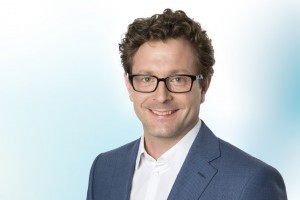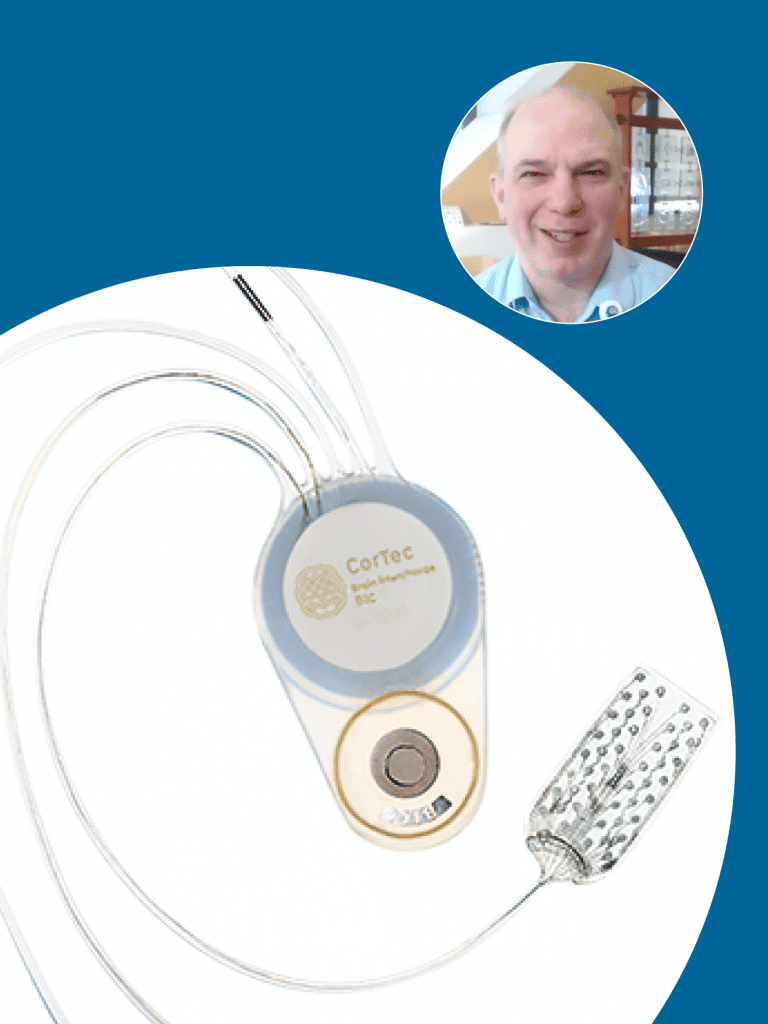The proprietary CorTec neuromodulation system “Brain Interchange” was developed for the discovery of novel neurotherapies. With funding by the US-American National Institutes of Health (NIH), and in collaboration with one of the world leaders in the field, Professor Dr. Jeff Ojemann and his team from the University of Washington School of Medicine in Seattle, USA, it is planned to develop novel treatments for stroke rehabilitation with the help of this innovative system.
Stroke is the most common neurological disorder and the second most common cause of death. About 25 % of the population above 25 years of age are expected to suffer from a stroke some time in their life (GBD 2016). Today, there are already more than 80 million stroke survivors worldwide, more than half of whom suffer from permanent disabilities that are resistant to rehabilitation – most commonly impairments in using their arms, which greatly compromise their daily lives. Neuromodulation could offer new hope for treatment to overcome these sustained disabilities.
Dr. Ojemann explains their novel approach for helping stroke patients: “Although a stroke irrevocably destroys many nerve cells, the remaining brain has amazing capacities for plastic changes – even in adults and people of advanced age. Our idea is to make use of this plasticity to re-wire the brain, such that healthy brain regions can take over motor control of the affected arm. We know from previous research that such plastic rewiring can be induced by specific electrical stimulation, synchronized with the rhythms of the brain – especially the so-called beta rhythms. Our idea is to pick up those brain rhythms through an implanted device and stimulate specific brain regions in a manner that is synchronized to the brain rhythms while patients perform a physical rehabilitation training. Using this high-precision approach, we aim to induce pinpointed changes in the brain that improve mobility in a much more effective way than motor training alone.”
CorTec has been collaborating with the Washington group for several years during which the joint project idea was refined, and the technological requirements and functions of the neuromodulation implant were discussed. The group in Seattle is currently working with a Brain Interchange Evaluation Kit for testing it as a platform for the new therapeutic approach. Now, the joint effort has convinced the NIH to fund a 5-year research project, including a first clinical trial, with a total of over 7 Mio. USD.
Professor Jeffrey Herron, co-investigator and engineering lead on the project, explains why they chose CorTec’s system for their ambitious plans: “We selected to use the CorTec Brain Interchange system for this clinical study due to our need for a distributed research platform that can accurately respond to sensed neural activity with specifically timed stimulation to the cortex. As we continue to develop the next generation of neuromodulation therapies, I look forward to seeing the impact that the Brain Interchange will have in future studies, and, most importantly, the patients whom we seek to benefit through this work.”
The feedback from first users, the swift advancement of tests and validations as well as the discussions with the regulatory authorities in the USA (the FDA) make CorTec very confident that the system will be able to meet the technical requirements for the novel therapy idea and will receive timely regulatory approval for human use in this first clinical trial.

Dr. Joern Rickert, CorTec’s Founder and Chief Scientific Officer explains why this project is extremely promising for CorTec: “Stroke rehabilitation by neuromodulation has demonstrated first successes in clinical trials already (see, for example, Coscia et al., 2019, Northstar trial). With this project, we build on the learnings from these pioneering trials and attempt a refined treatment with increased success chances in first patients.
We are extremely honored to work with Profs Dr. Jeff Ojemann, Dr. Jeffrey Herron and Dr. Steven Cramer (UCLA) and their teams comprising neurological, neurosurgical as well as strong technical skills. They are worldwide experts in the use of ECoG, cortical stimulation and in the development of new strategies for stroke rehabilitation.“
Disclaimer:
The research reported in this publication is supported by the National Institute Of Neurological Disorders And Stroke of the National Institutes of Health under Award Number UH3NS121565. The content is solely the responsibility of the authors and does not necessarily represent the official views of the National Institutes of Health.
____________________________________________________________________________________________________________
References:
Grant: NIH Project 1UH3NS121565-01A1: ” Motor Recovery through Plasticity-Inducing Cortical Stimulation”, in response to RFA-NS-18-023: https://reporter.nih.gov/search/-xvTvG85Ukm-KXyunAWaJw/project-details/10357993
GBD 2016 Lifetime Risk of Stroke Collaborators
Global, regional, and country-specific lifetime risks of stroke, 1990 and 2016. N Engl J Med. 2018; 379: 2429-2437
Northstar trial: https://clinicaltrials.gov/ct2/show/record/NCT00170716?term=northstar&draw=2&rank=5
Coscia M, Wessel MJ, Chaudary U, Millán JDR, Micera S, Guggisberg A, Vuadens P, Donoghue J, Birbaumer N, Hummel FC. Neurotechnology-aided interventions for upper limb motor rehabilitation in severe chronic stroke. Brain. 2019 Aug 1;142(8):2182-2197. doi: 10.1093/brain/awz181. PMID: 31257411; PMCID: PMC6658861.
